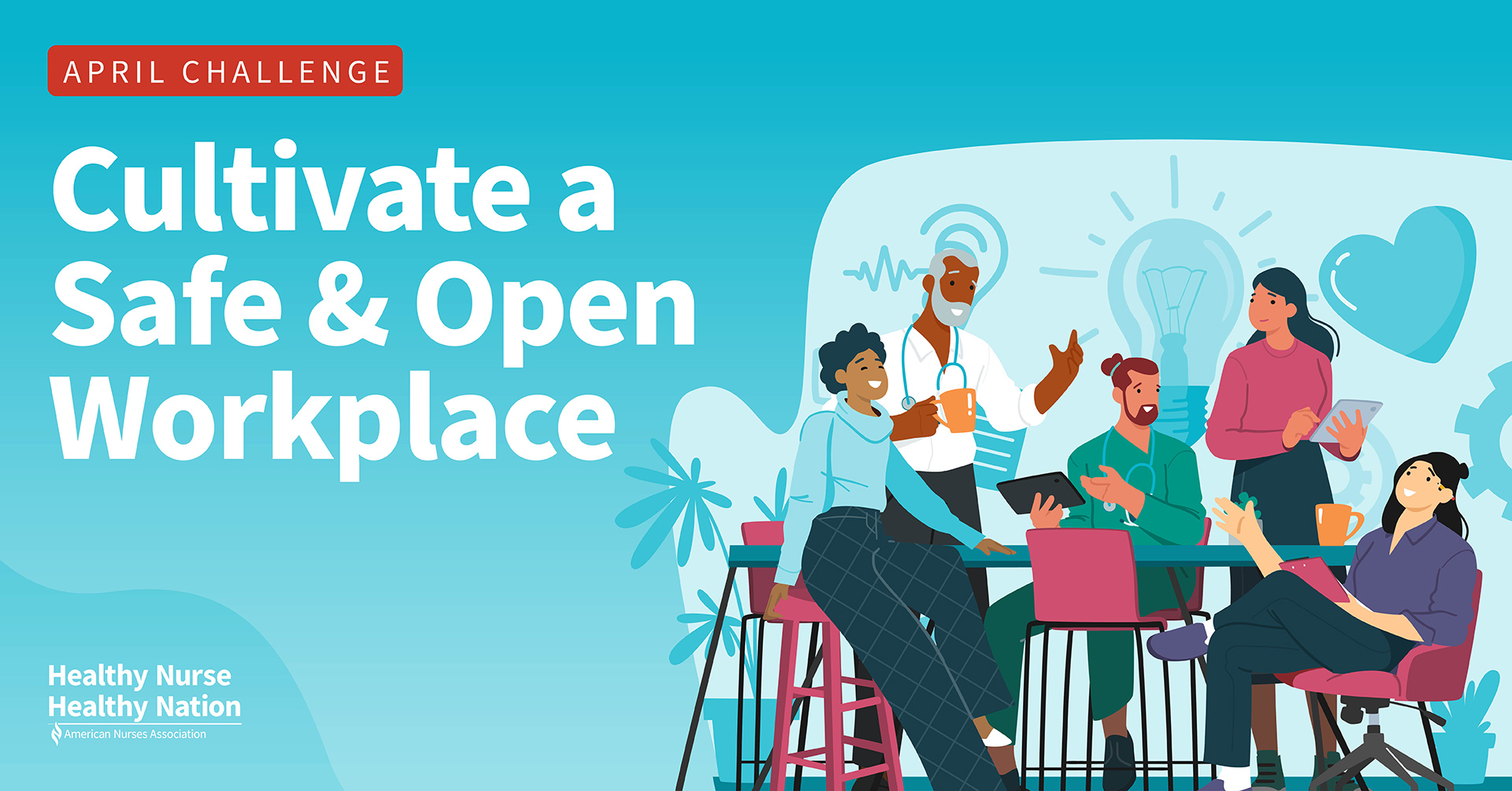4 Ways to Model Psychological Safety in Your Interactions with Others — Cultivate a Safe and Open Workplace — Day 9 — Healthy Nurse, Nurse, Healthy Nation
Model Psychologically Safe Behaviors for your Unit or Team
As Mahatma Gandhi said, “Be the change you wish to see in the world.”
You can help your team embrace psychological safety by modeling inclusive, supportive behaviors. This effort can strengthen trust and teamwork, improve overall patient care, and create a healthier work environment for everyone.
Your Action for Today
Consider the practice of modeling psychological safety in every interaction you have. Here’s how:
- Admit mistakes and encourage learning: Show vulnerability by openly discussing errors. Demonstrating transparency can lead to improved collaboration and reduced mistakes.
- Encourage questions: Ask questions and seek clarification. This helps ensure your colleagues feel comfortable doing the same.
- Listen respectfully to your team: When you show respect through active listening, your colleagues are more likely to trust you and speak up to voice their concerns.
- Recognize others’ efforts: Show appreciation for a colleague’s effort to create a safer work environment.
Regardless of your role or health care setting, you can lead by example — and make an impact. Helping your team build a culture of psychological safety will encourage continuous learning, improve quality, decrease work-related stress, and enhance job satisfaction.
Gain more ideas in this article on cultivating psychological safety within your unit or team.
Join us on day 10: A sneak peek - Maintain your commitment to psychological safety.
Missed day 8? Catch up here.




Post a Comment or Question